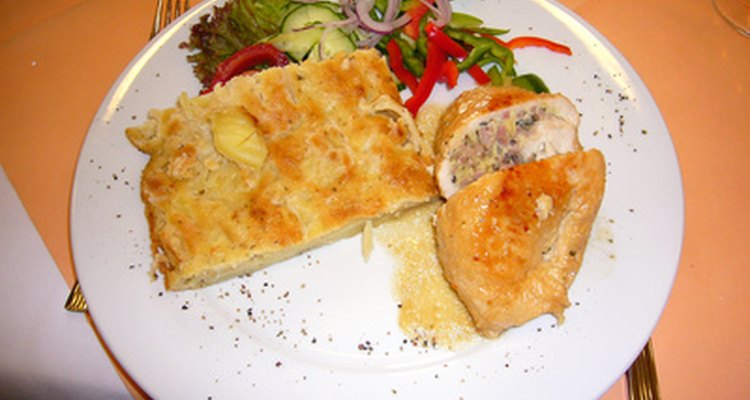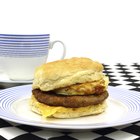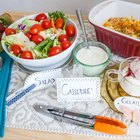
A restaurant's business is to sell food, and the most important tool at a business owner's disposal is its menu. In fact, nine out of every ten dollars a restaurant earns in profits is due directly to the information found on the menu, according to Seva Procurement Solutions. Creating a vibrant menu is the most critically important means of boosting sales and exposing customers to your restaurant's cuisine. Formatting a successful menu requires combining traditional ideas with new and specific approaches to capture your customer's attention--and business.
Categorize your dishes. Separate foods into sections devoted specifically for appetizers, salads, entrees, desserts and a la carte items.
Order the food sections in a logical sequence. In other words, list the items your customer would normally eat first at the beginning of your menu and proceed accordingly. Placing appetizers at the end of the menu, for example, will cause confusion for the customer.
Provide punchy and succinct descriptions beneath the listing of each dish. Use dynamic and easy to understand language to arouse the customer’s interest. Keep descriptions to two sentences. Use interesting facts--the Chilean sea bass "was line caught in open water," for example--to increase the allure of the dish. Reduce the font size to indicate that the description is a subsidiary component--albeit an enhancement--to the listing.
Highlight popular or "plow-horse" dishes with unique symbols. Plow-horse dishes are your most popular items and those that generate constant money for the restaurant. Enhance their image on the menu by placing a star next to the listing or formatting a frame around the listing and its description to indicate that the item is recommended.
Use clear font throughout the menu. Choose a font that is easy on the customer's eyes and simple to read.
Contrast colors between the font and menu background. A dark font and a dark background make the menu hard to read. A soft white background with bold black font, for example, helps the customer read the menu as well.
Mind the size of the font. Font that is too small is imperceptible to the eye. Font that is too large is overwhelming and will substantially increase the pages of your menu. A 14-point font is a standard reading size and a wise option for food listings.
Related Articles

Banquet Set Up Checklist

How to Create a Class Reunion Database

How to Define a Light Food Menu

How to Set the Alarm on The Timex ...

Calories in a McDonald's Sausage & ...

How to Create Printable Food Labels

How to Use a Probe Cooking Thermometer

How to Make a Volunteer Flyer

Culinary Plating Techniques

How Do I Set Up My Casio Calculator ...

Marc Ecko Watch Instructions

How to Display Food Names at a Party

What Is the Michi Ladder Diet?

How to Make Your Own Lean Cuisine

How to Make Teriyaki Sauce

Hamilton Beach Panini Directions

How to Map German Surnames

How to Write an Evaluation in Food ...

How to Organize a Charity Fashion Show

How to Send Birthday Wishes on Facebook
References
Writer Bio
Jeffery Keilholtz began writing in 2002. He has worked professionally in the humanities and social sciences and is an expert in dramatic arts and professional politics. Keilholtz is published in publications such as Raw Story and Z-Magazine, and also pens political commentary under a pseudonym, Maryann Mann. He holds a dual Associate of Arts in psychology and sociology from Frederick Community College.
Photo Credits
main dish image by Werg from Fotolia.com